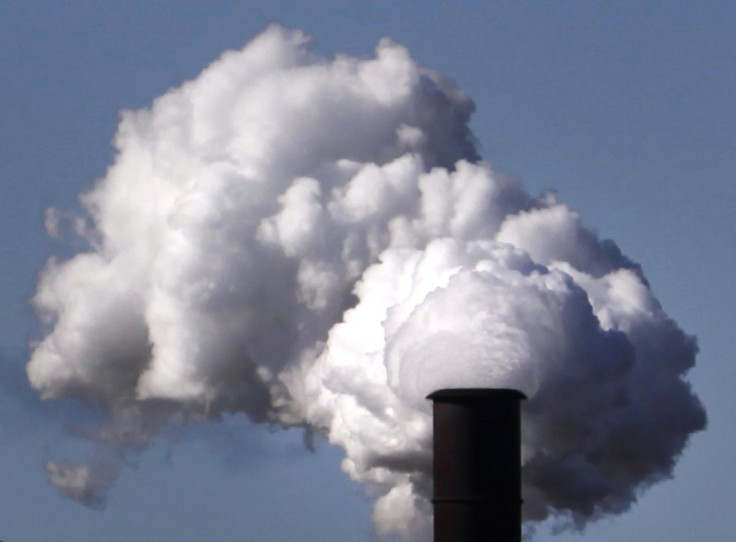Australia's Carbon Emissions Rise In 2021 Amid Pandemic Recovery

Australia's carbon emissions rose nearly 1% in 2021, as driving and travel picked up and manufacturing activity recovered in the revival from COVID-19, the government said on Monday.
The rise, which authorities expect to continue into the March quarter of 2022, poses a challenge for the new Labor government which has boosted the country's climate pledge, aiming to cut emissions by 43% from 2005 levels by 2030.
Emissions climbed by 4.1 million tonnes of carbon dioxide equivalent (Mt CO2-e) to 488.0 Mt CO2-e, driven by a 4% rise in transport emissions, a 3.3% rise in the manufacturing sector and 4.2% rise in the farm sector with a recovery from drought.
Those increases were partly offset by a 4.2% drop from the biggest emitting sector, electricity generation, with more power coming from wind and solar and less from coal- and gas-fired plants, the Department of Industry said in a quarterly update.
It said the trend pointed to a further increase in the March quarter of 2022 to 489 Mt CO2-e, which would be a rise of 2% from March 2021.
The manufacturing sector has posted the largest increase in emissions in percentage terms since 1990, up 54% or 35.8 Mt CO2-e largely due to the rapid growth of the liquefied natural gas (LNG) export industry.
Emissions from large manufacturers will be targeted by the government's plan to tighten the so-called "safeguard mechanism" which requires the country's biggest emitters to keep their emissions below an agreed limit, or baseline, and buy carbon credits when they exceed that baseline.
The government also aims to offer tax breaks on electric vehicles to boost uptake of cleaner cars, which would help cut emissions from the transport sector.
"Tackling transport emissions needs to be a priority for this government," Greenpeace Australia Pacific campaigner Lindsay Soutar said in a statement.
© Copyright Thomson Reuters 2024. All rights reserved.







